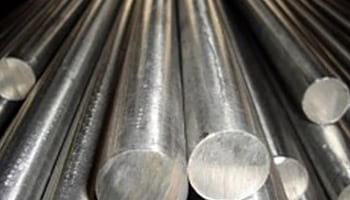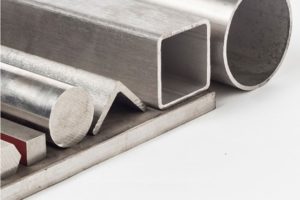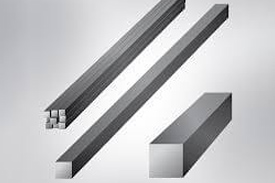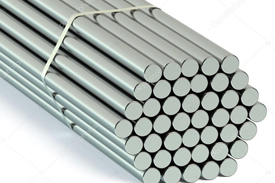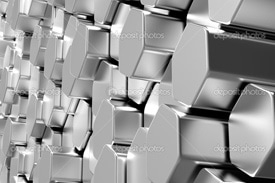Carbon steel is a metal alloy primarily composed of iron and carbon. It is known for its strength and durability, making it a popular choice for various industrial applications. This steel grade is commonly used in construction, manufacturing, and tools due to its cost-effectiveness and versatility.
For over 45 years, Bergsen Metals has been a leading source of high-quality steel products and services. We are an ISO-9001-certified company with the expertise to meet customers’ requirements from various industries. We also provide excellent client service, competitive pricing, and prompt delivery for all metal product requirements.
Characteristics and Composition
Carbon steel consists mainly of iron and carbon, with trace amounts of other elements like manganese, silicon, and sulfur. The carbon content can vary, which influences its properties. Low-carbon metal results in increased ductility and ease of shaping. Meanwhile, high-carbon metal is harder, making it suitable for enhanced strength and wear resistance applications.
The presence of carbon also enhances the material’s tensile strength and hardness. As the carbon content increases, the steel becomes sturdier but can become less ductile. Alloying elements are sometimes added to modify the metal’s characteristics. The balance between them determines if the result is better suited for tasks needing malleability or those requiring durability.





